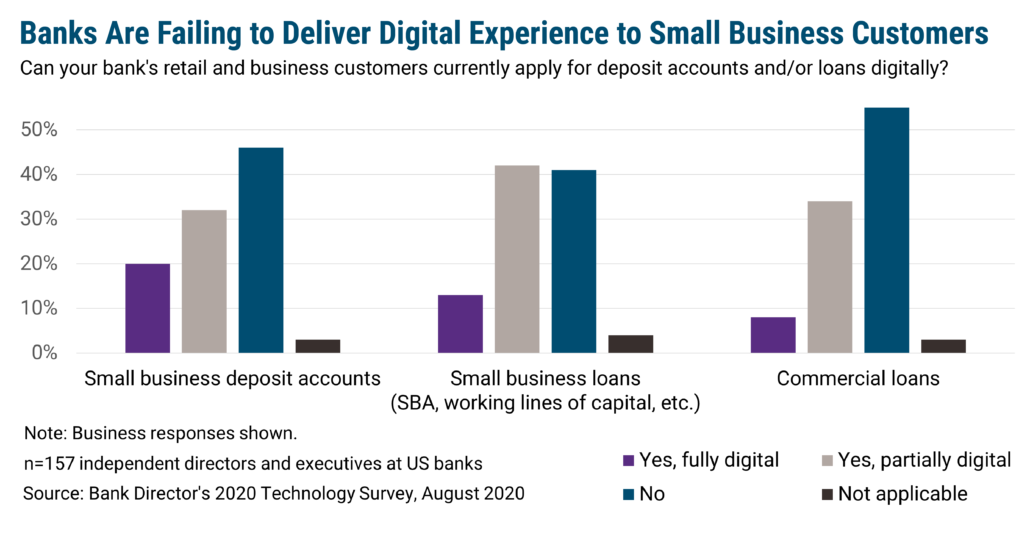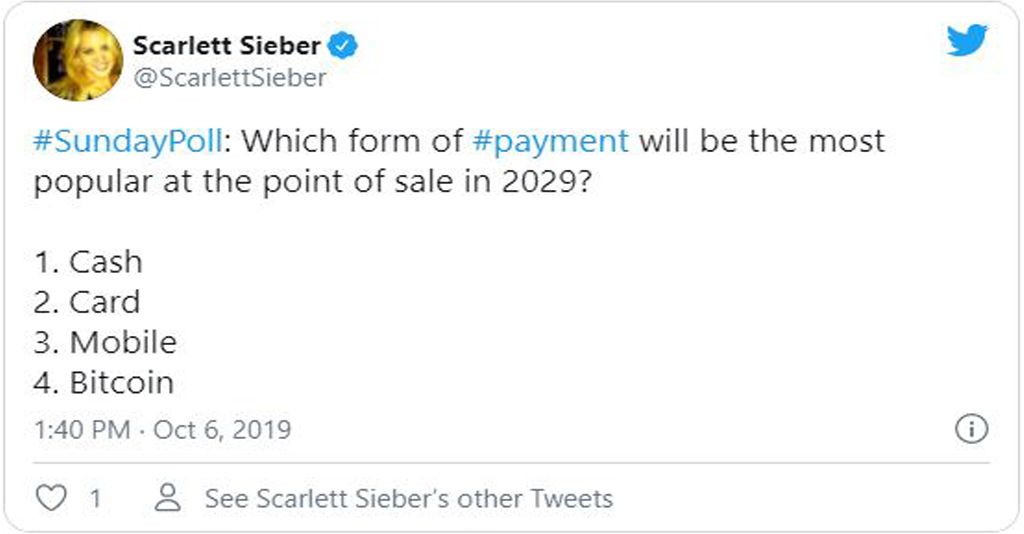Innovation in Mobile Payments Is Everywhere and Nowhere
The U.S. is approaching the five-year anniversary of the launch of Apple Pay, and it’s fair to say mobile payments have hardly taken the point-of-sale by storm. Other countries’ economies may be transformed by mobile payments, but these are typically countries where the digitization of money is occurring alongside the ubiquity of mobile devices. In the U.S. money has been digital for quite some time, and payment methods capitalizing on this are widespread and convenient.
When news breaks of a major U.S. retailer such as Walgreens accepting a new form of mobile payment from a global player such as Alipay from Ant Financial, the media must strain a bit to explain why this is important. Yes, Chinese consumers visiting Walgreens can use it, but it’s not simple to see use cases much beyond that. Alibaba, which spun off Ant Financial in 2014, also recently inked a logistics deal with Office Depot to connect suppliers in China to U.S. businesses — more of this can be expected as Alibaba ramps up competition with Amazon.
So where is innovation in payments taking place?
Voice payments, typically meaning payment via a virtual assistant such as Alexa, are growing rapidly from a very small base. About 106 million Americans are expected to use a voice assistant on a daily basis, according to eMarketer. In these cases, the payment credential is embedded in the software, and is not spoken at all, but is invisible, as in the case of Uber. In other words, as interactions move from face-to-face to text to voice, the payment itself will not change – an embedded credential will be shared.
A significant area of growth for payments from mobile devices is the P2P space, where Zelle grows by leaps and bounds as it expands its installed base of banks, and PayPal-owned Venmo continues its steady growth as well. Questions of which service is “winning” are premature at this point, as users are guided by the utility or network effect – payees are asked which form of payment they use, and the payment is made using the preferred form. This leads to new users of Square Cash, for example, but does not incentivize a user to thereby abandon Zelle or Venmo for other purposes, just as a restaurant accepting only cash that a consumer frequents will not stop him using cards elsewhere.
Banks will need to work with their core vendors to implement Zelle, if such a move accords with their payments strategy. The economics of Zelle transactions can be steep, even for payments within the institution’s walls, but there is a potential for monetization with realtime payments.
Alongside all the breathless reports of payment innovation, it should be noted that there is political blowback against digital payments at the point of sale, and calls for laws to prevent stores from going cash-free. However advantageous this may be to merchants, certain vulnerable consumers, it is argued, are discriminated against, and jurisdictions such as Massachusetts, New Jersey, California, New York City, and Philadelphia have advanced, or are considering advancing, such legislation, which will do nothing to help the advent of mobile at the point of sale.
We’ll be at Bank Innovation Ignite in Seattle on March 11-12 and will be available to meet and discuss your needs on this and other topics.
 Philip Ryan, Director of Content
Philip Ryan, Director of Content
Subscribe to CCG Insights.









